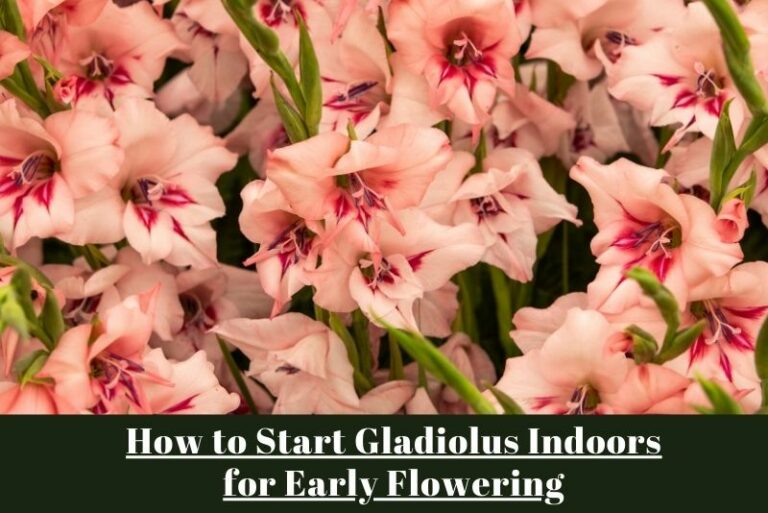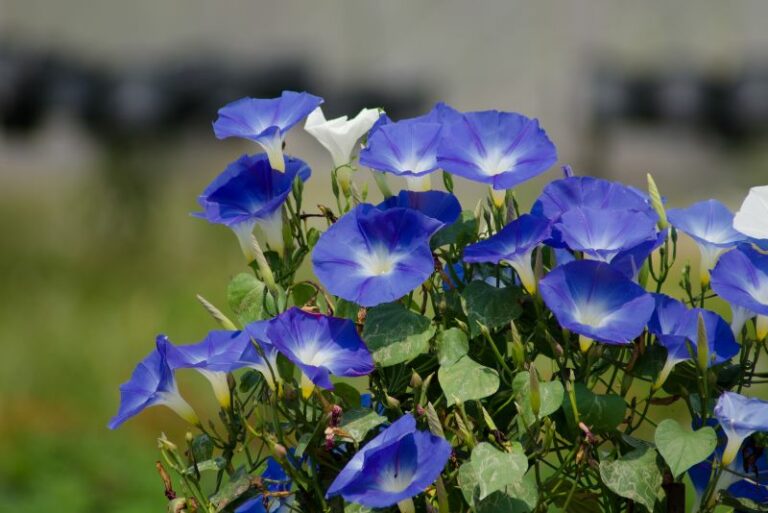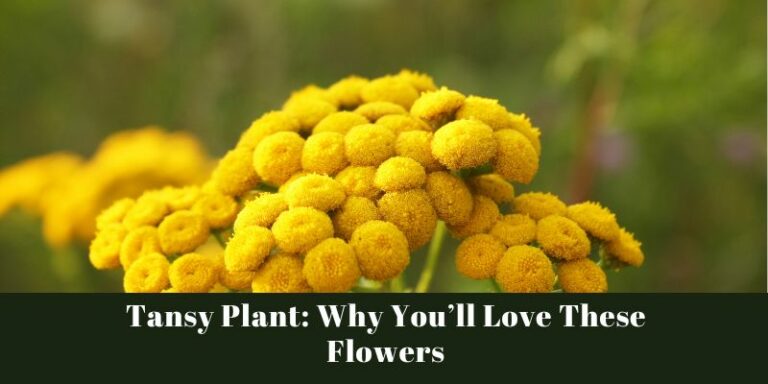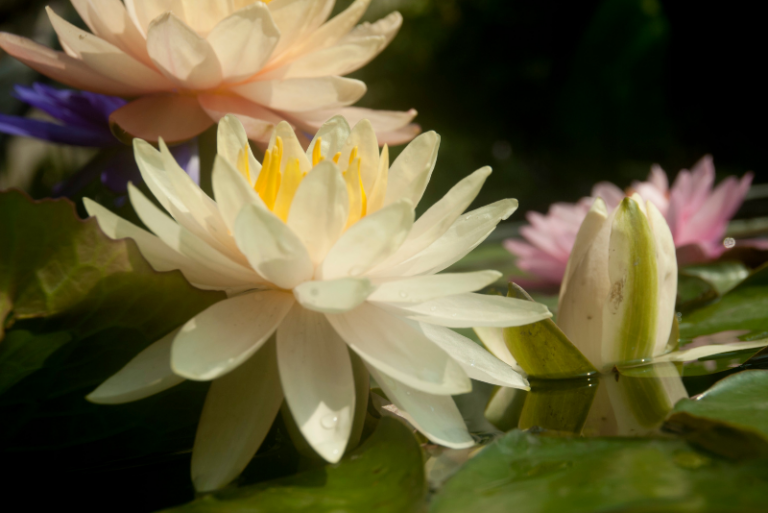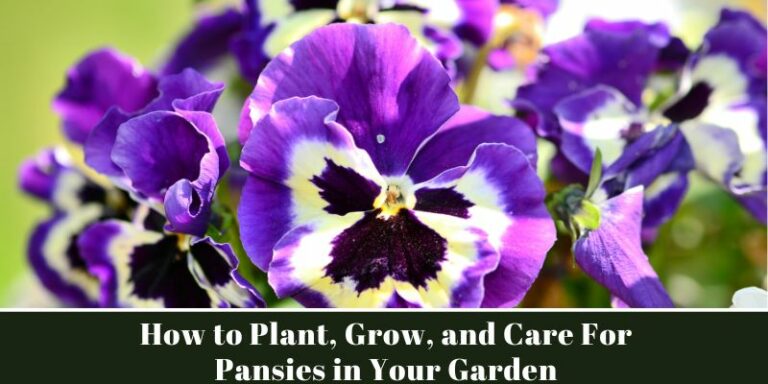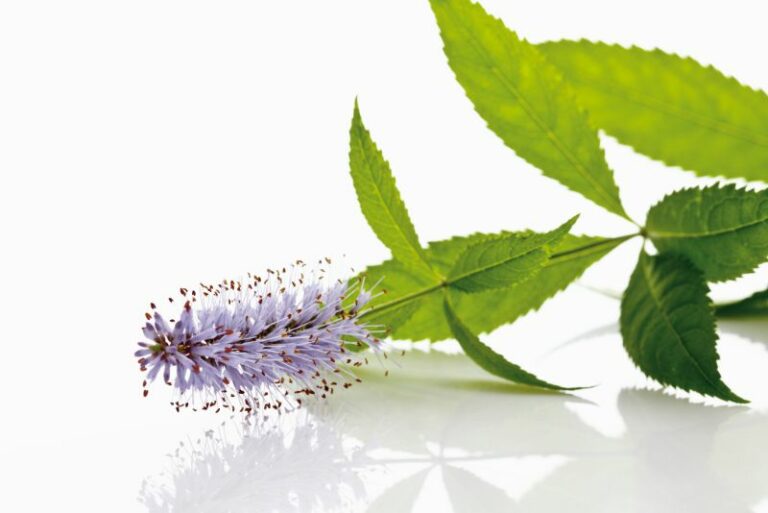Ultimate Guide to Growing and Caring for Gaura (Beeblossom)
Gaura, commonly known as Beeblossom, is a delicate yet hardy flower that can add grace and beauty to any garden landscape. With a flurry of blossoms that dance in the breeze, this native North American plant is a favorite among gardeners for its low maintenance and exquisite appearance. Understanding the nuances of Gaura care is vital to ensuring these elegant flowers grace your garden with their presence year after year. Here’s everything you need to know about cultivating and nurturing these charming perennials.
The Enchanting Characteristics of Gaura
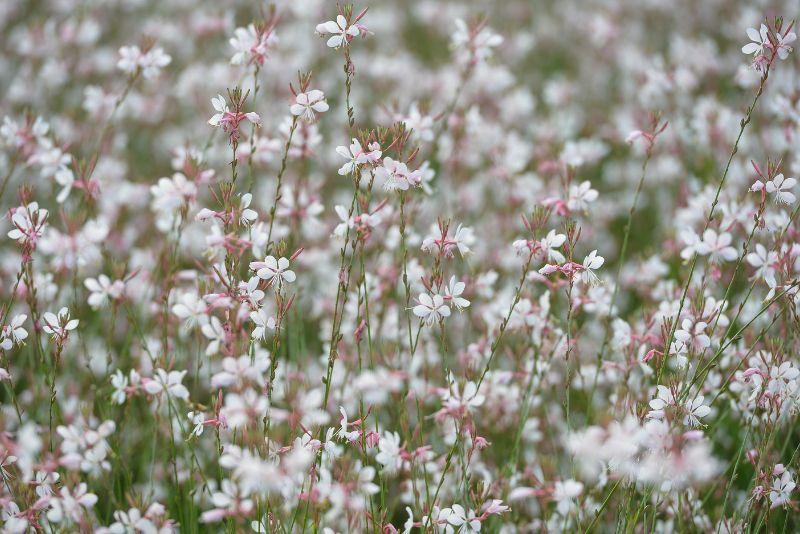
Before delving into the intricacies of Gaura care, let’s take a moment to appreciate the unique qualities that make these flowers stand out. Gaura lindheimeri, a perennial species, charms with its hazy appearance, with its four-petaled blossoms that bloom from spring through fall, attracting butterflies and hummingbirds. Gaura can range in size from compact varieties suitable for containers to larger ones perfect as stand-alone garden features. Its strappy foliage provides an attractive backdrop for the profusion of blooms, making it a plant of interest even when not in flower.
Significance of Adequate Care
Proper care is indispensable for developing and maintaining a thriving Gaura population in your garden. By ensuring that you meet the plant’s specific needs, you can foster a beautiful, resilient, and long-lived addition to your floral collection. Let’s explore the step-by-step process to achieve this green-thumbed goal.
Growing Gaura Successfully
Setting the Scene: Sunlight and Soil
Gauras are sun-worshippers and prefer full sunlight, where they can bask in warmth, braving even the hottest of summers. They thrive in well-draining soil and will suffer in locations that retain water, particularly in the colder months, which can lead to root rot. For optimal growth, ensure your Gaura is planted in an area that receives at least 6 to 8 hours of sunlight each day.
Water: A Balancing Act
The watering needs of Gaura are quite specific; it enjoys a moderate watering schedule during the active growing season but doesn’t like ‘wet feet.’ To accomplish this, water deeply when the soil is dry to the touch about an inch below the surface. In prolonged dry spells, increase the frequency of watering to keep the soil moist but not waterlogged.
Propagation and Placing in the Garden
Planting Gaura in the right place is the first step to success. When propagating from seeds, sow them indoors 6 to 8 weeks before the last expected frost date or directly in the garden after all danger of frost has passed. When propagating from cuttings or dividing plants, ensure they have an established root system and plant them in a prepared bed or container with the same soil consistency and sunlight exposure they are accustomed to.
Pruning for Prolific Blooms
Pruning plays a vital role in stimulating new growth and subsequent blooming. For Gaura, initial pruning right after the plant’s first bloom encourages a second flush of flowers. In colder climates, cutting back the entire plant to about 6 inches above the ground before winter sets in can help protect it from cold damage and promote healthier spring growth.
Nourishing Your Gaura
Gaura possess modest feeding needs but will benefit from an occasional dose of a balanced fertilizer in the spring. Too much nitrogen can lead to excessive foliage growth at the expense of flowers, so choose a fertilizer with an N-P-K ratio suited for flowering plants. Apply the fertilizer to moist soil and water the plant thoroughly after to prevent root damage.
Pests, Diseases, and How to Defend Against Them
Gaura is relatively pest and disease resistant, but like all plants, it is not immune. The most common pests that can bother your Gaura are Aphids and Spider Mites, which can be addressed with insecticidal soap. Root rot can also be a problem in poorly-drained soils, so it’s essential to monitor the plant’s water intake and drainage carefully.
Seasonal Guide to Gaura Care
Spring: The Season of Growth
In spring, as temperatures rise and the days grow longer, Gaura begins its growth cycle. Reinforce the soil with organic matter to improve its quality and drainage conditions. This is also a good time to prune back any dead growth from the previous year without cutting into any new shoots.
Summer: Keep the Show Going
During summer, Gaura is typically in full bloom. Continue to water and fertilize as needed, ensuring that the plant has enough resources to sustain the energy-demanding flowering process. Deadhead spent blooms to encourage the plant to redirect energy into producing new flowers.
Fall: Ready Your Gaura for Winter
As the weather starts to cool down, you’ll notice your Gaura beginning to conserve energy and prepare for winter. Reduce watering and the application of fertilizers to allow the plant to acclimate to the impending cold. Prune lightly to tidy the garden without stimulating new growth that could be damaged by frost.
Winter: Protect Your Gaura from the Chill
Depending on your climate, Gauras can be deciduous or semi-evergreen. In regions with mild winters, they may continue to grow. In colder areas, protect the plants from frost by covering them with mulch or cutting them back and applying a protective layer to the soil around the base of the plant.
Troubleshooting Common Gaura Problems
Wilting and Yellowing Leaves
If your Gaura’s leaves are wilting and turning yellow, this might indicate overwatering or poor drainage. Adjust your watering schedule and make sure the soil has proper drainage. Wilting can also be a sign of underwatering, especially during hot and dry weather, so pay attention to the soil moisture and increase watering as needed.
Legginess and Insufficient Blooming
Leggy growth and sparse flowering are often the result of insufficient sunlight. If your Gaura is not blooming as much as expected, try moving it to a sunnier location and ensuring it gets the recommended hours of direct sunlight.
Conclusion: Cultivating the Perfect Gaura
By following this ultimate guide to growing and caring for Gaura, you are well on your way to fostering a thriving and beautiful plant. Remember, your efforts will be rewarded with an enchanting display of blossoms that not only elevate the aesthetics of your garden but also provide a valuable food source for pollinators. Embrace the gentle nature and ethereal beauty of Beeblossom, and let your garden be a testament to the joy of cultivating nature’s wonders. Happy gardening!

